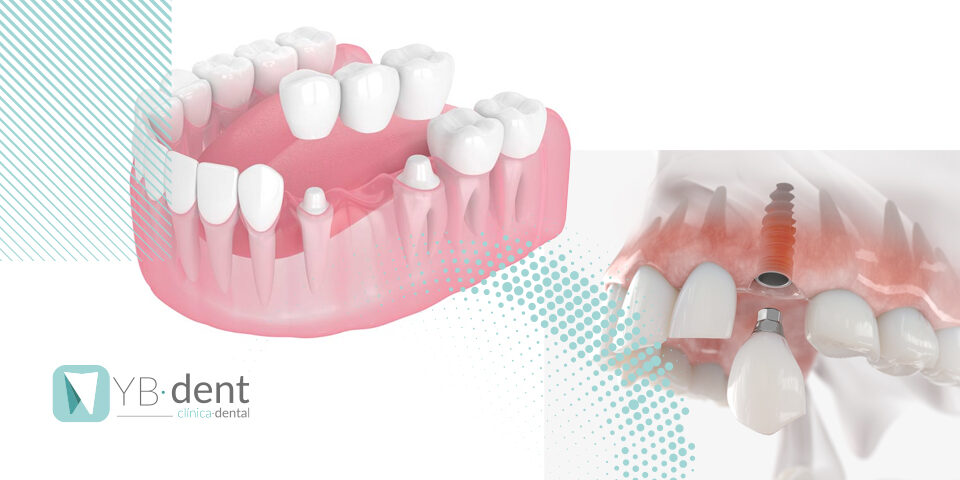Dolor de dientes por nervios

El dolor de dientes, o mejor dicho de muelas, puede aparecer de un momento a otro. Cuando sientes este dolor por primera vez, no hay ganas ni de comer tu plato favorito y conforme vaya empeorando, el dolor se puede volver insoportable.
En el caso de que suceda esto, es importante acudir a un experto dental. A continuación, te explicamos algunos datos a tener en cuenta sobre las causas principales del dolor de muelas.
Cómo identificar los daños en los nervios de los dientes
Una de las causas más comunes del dolor de dientes es el daño del nervio que los rodea. Cuando el nervio se daña, puede volverse especialmente sensible a temperaturas frías o calientes.
Sensibilidad pulpar:
Trata de un dolor causado por el deterioro de los nervios que rodean la pulpa del diente. Cuando esto sucede, se sentirá únicamente en un solo diente. Las causas más comunes en la sensibilidad pulpar son un diente astillado o agrietado, la caries dental. Además, este tipo de sensibilidad también puede aparecer como resultado de apretar o rechinar los dientes.
Sensibilidad dental:
Afecta a muchas más zonas de la boca más allá de un diente o muela. Este tipo de dolor se produce cuando el esmalte del diente se daña, permitiendo que restos de comida o bebidas a diferentes temperaturas accedan a los nervios de los dientes. Una de las mayores causas de la sensibilidad dental es el uso continuo de productos de blanqueamiento dental, que rompe el esmalte del diente y deja los deja expuestos a cualquier daño.
¿Qué sentiré si tengo un nervio dental dañado?
El dolor del nervio dental puede desarrollarse gradualmente con el tiempo, sintiéndose inicialmente como un dolor puntual y volviéndose en una molestia más severa. Actuar sobre el dolor desde el principio puede ayudar a aliviar las molestias. Un cuidado dental regular, que incluya el uso del hilo dental y el cepillado de los dientes varias veces al día, puede ayudar a prevenir el desarrollo de este dolor. No obstante, en algunas ocasiones el dolor puede desarrollarse de todos modos. Estos son algunos de los signos más comunes del dolor del nervio dental:
- Dolor en la zona de las encías.
- Dolor que se dirige a un solo diente o que se refleja por toda la boca.
- Molestias que empeoran después de comer, especialmente tras comidas calientes, frías o ácidas.
Tratamientos comunes
Existen varios tratamientos que pueden utilizarse para ayudar a tratar el dolor de dientes como resultado de una lesión nerviosa. Los dos procedimientos dentales más comunes para tratar el daño del nervio del diente son los empastes y las endodoncias.
Empastes
Un empaste es la forma más usual de reparar el diente. Con este tipo de tratamiento, el diente dañado se rellena, como su nombre bien indica, un empaste. Durante el procedimiento se adormece la zona que rodea al diente, se retira la parte cariada del diente y se utiliza el empaste para rellenar la zona dañada. Esto evitará que la comida agraven el dolor.
Endodoncia
Durante este procedimiento, el nervio dañado se elimina por completo, así como la pulpa que rodea el diente dañado. Posteriormente, se limpia el área trabajada y se sella. Esto permitirá seguir utilizando los dientes con normalidad sin experimentar dolor.
Otros remedios
Otros remedios para tratar el dolor del nervio incluyen el uso de pasta de dientes especializada que está diseñada para reducir la sensibilidad. Además, la higiene dental regular es la mejor forma de prevenir el daño del nervio dental, así como la mejor manera de aliviar los primeros signos de dolor.



